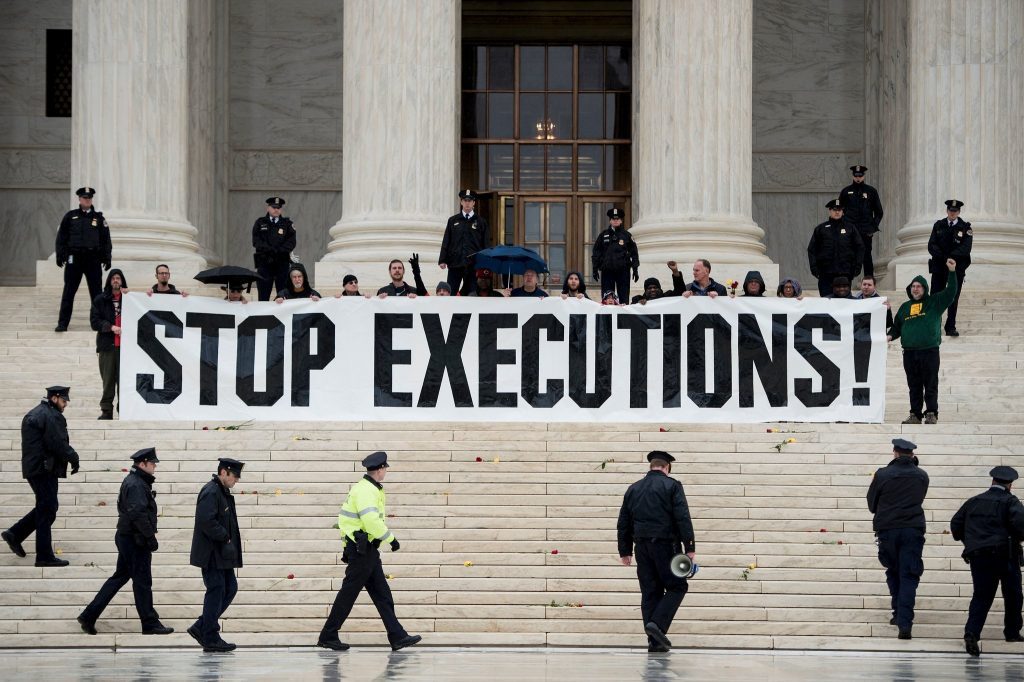The Death Penalty And Relics Of A Bad History
Justice is a core value in every society. That’s because basic human instinct teaches that we should reward good and punish evil. But then, how extreme can punishments get? The death penalty paints a picture of a severe form of punishment that is fast losing its relevance. Notably, the death penalty stems from an ugly point in history and fails to achieve the primary purposes for justice.


History tells us that all humans started as primitive. There were no laws, and everyone did as they saw fit. However, as centuries rolled by, civilizations began to spring up—civilization brought along with it leaders, laws, and punishments. The Hammurabi code of Babylon was the first law to introduce the death penalty for grave offenses.
As the years passed, the punishment was hijacked by tyrants to kill off political opponents under the guise of treason. In the dark ages, rulers hid under the death penalty to kill people for having spiritual power or for their religious beliefs. Even now, at the peak of human development, many countries still use it to silence critics, maintain oppression, and deny fundamental human rights.


Besides, the aim of punishment should be deterrence, reformation, restitution, and incapacitation. Unfortunately, the death penalty has neither stopped crimes nor can it change the behavior of people who are subject to it. Victims of the criminal’s action also gain nothing in return from the person’s death.
So, we see that the idea of the death penalty stems from a history of arbitrary leadership and dictatorship. And once an idea that has its root in barbaric culture outlives its usefulness, we may as well have to do without it, entirely.
